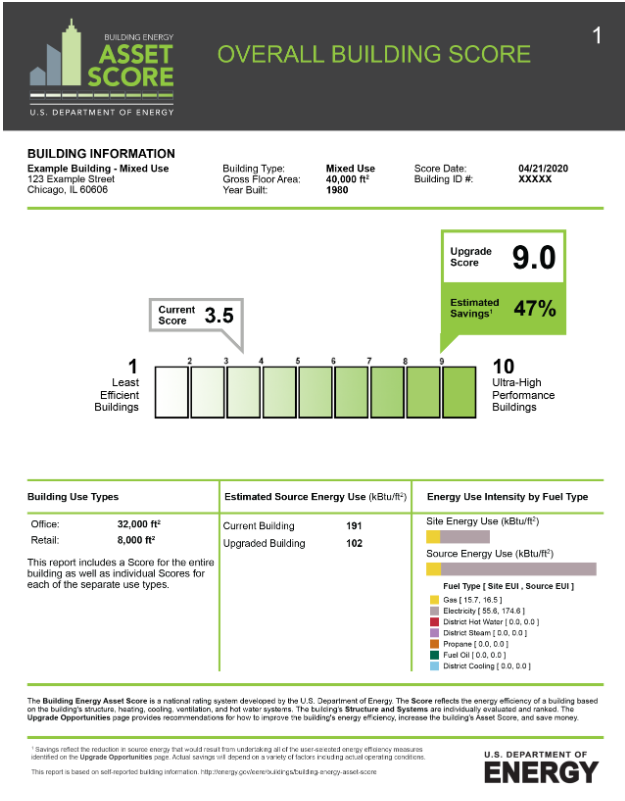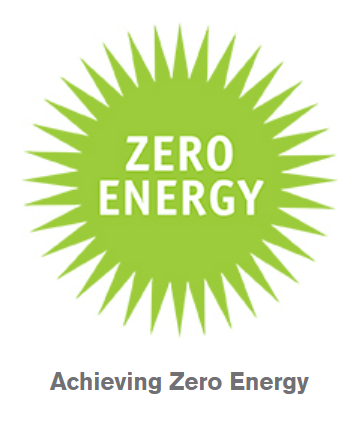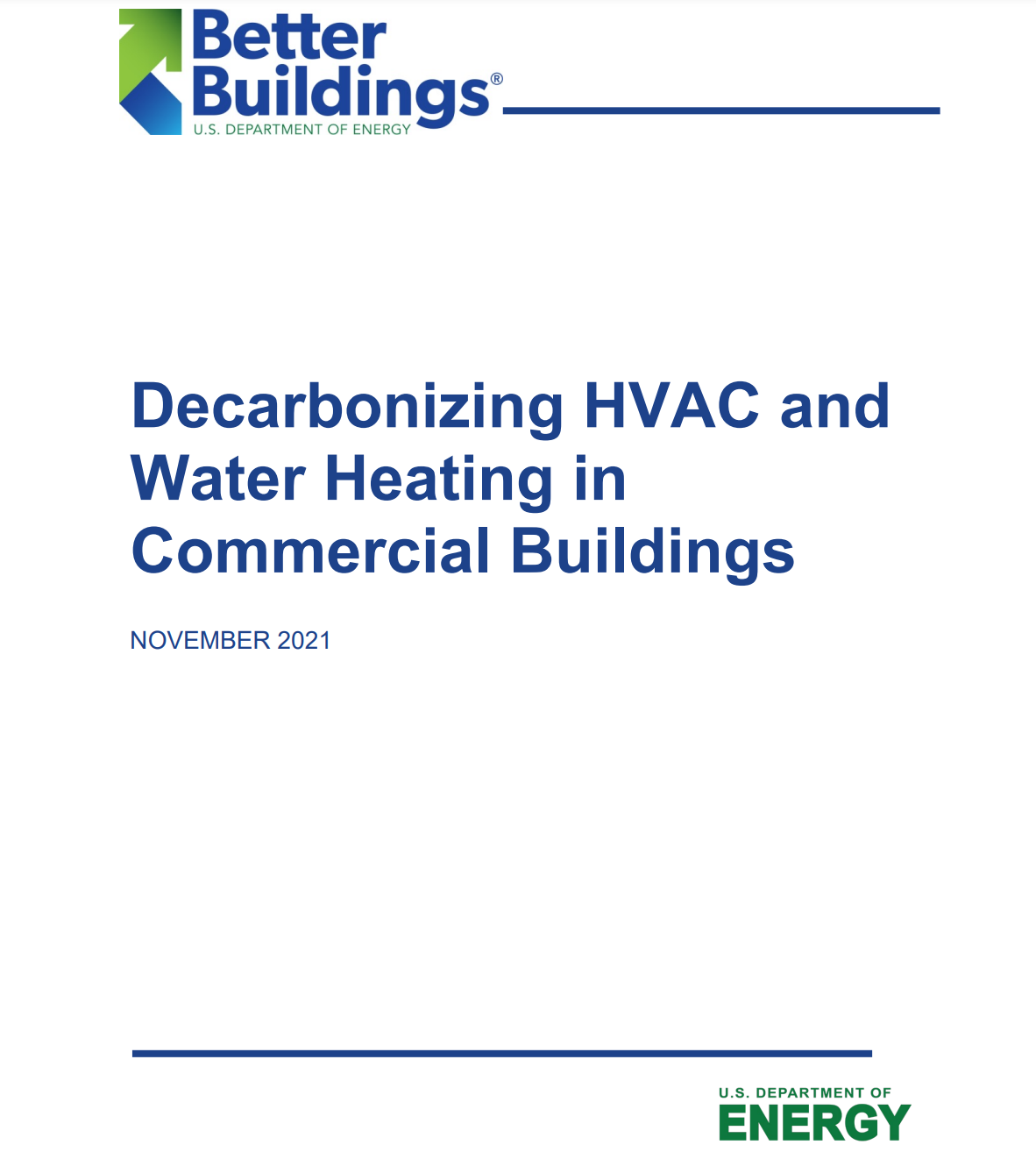Building Review
 Asset Score
Asset Score
The Building Energy Asset Score provides information for buildings similar to whats found in energy guides, using regional statistical data to combine modeling with whole building energy simulations o evaluate the building and its systems. It requires basic knowledge of the building, HVAC systems, and operations. Asset Score assigns a rating from 1 to 10, with 10 reflecting the most energy efficient. The scoring does not depend on providing utility information. The data can also be imported into ENERGY STAR Portfolio Manager.
 Advanced Energy Design Guide for K-12 School Buildings: Achieving Zero Energy
Advanced Energy Design Guide for K-12 School Buildings: Achieving Zero Energy
This Guide offers contractors and designers the tools needed for achieving energy efficient schools, including recommendations for practical products and off-the-shelf technology. This Guide was developed through the collaboration of ASHRAE, the American Institute of Architects (AIA), the Illuminating Engineering Society (IES), and the U.S. Green Building Council (USGBC), with support from the Department of Energy (DOE), to help meet all of an owner's energy performance requirements.
 NREL Advanced Energy Retrofit Guide
NREL Advanced Energy Retrofit Guide
This Guide provides practical ways to improve energy efficiency, from existing building commissioning to whole-building retrofit. It includes general project planning guidance, as well as more detailed descriptions for many energy efficiency measures. The Guide also provides energy and cost savings estimates based on simulations for five climate zones to illustrate the financial payback of energy efficiency measures.
 Decarbonizing HVAC and Water Heating in Commercial Buildings
Decarbonizing HVAC and Water Heating in Commercial Buildings
This resource can be used as a starting point when conducting the technical, economic, and feasibility assessment for converting to all-electric heating solutions. The attractiveness of facility electrification will vary substantially by region, climate, utility rates, existing systems, and other factors.